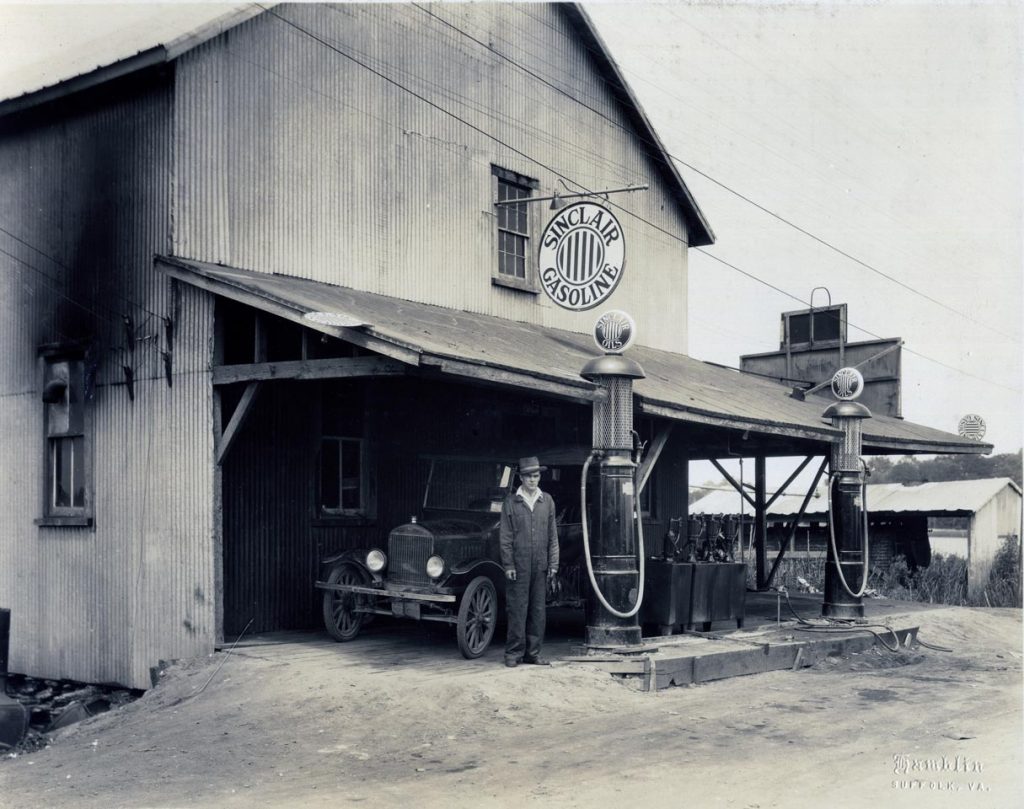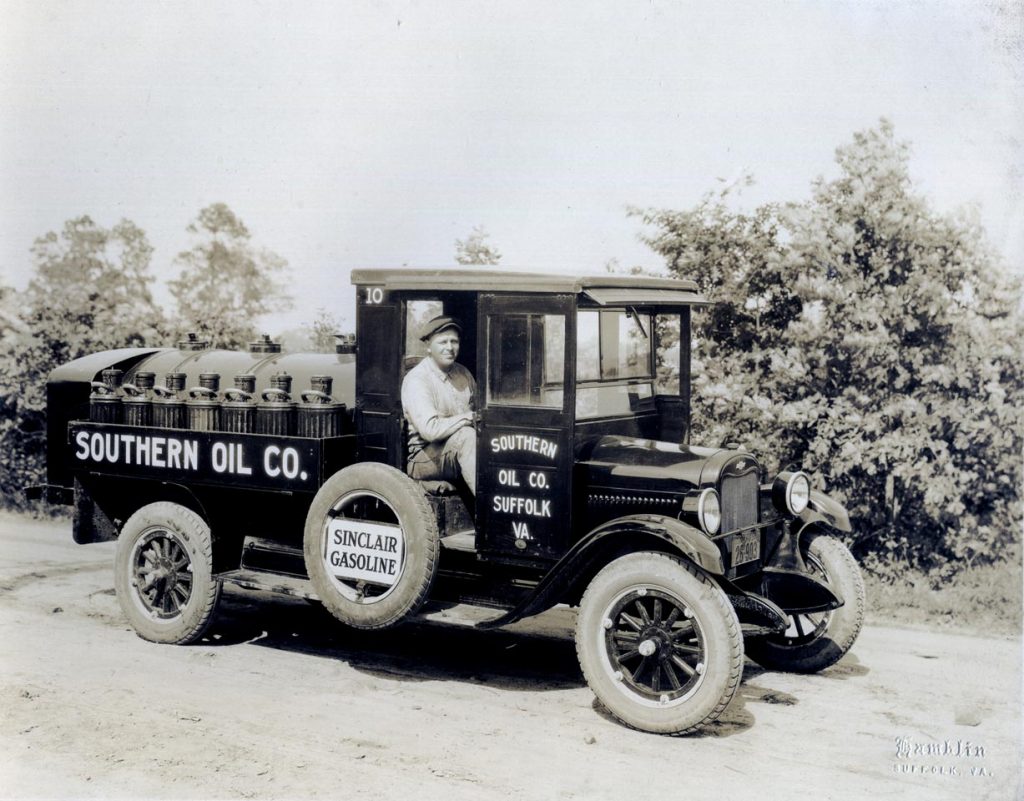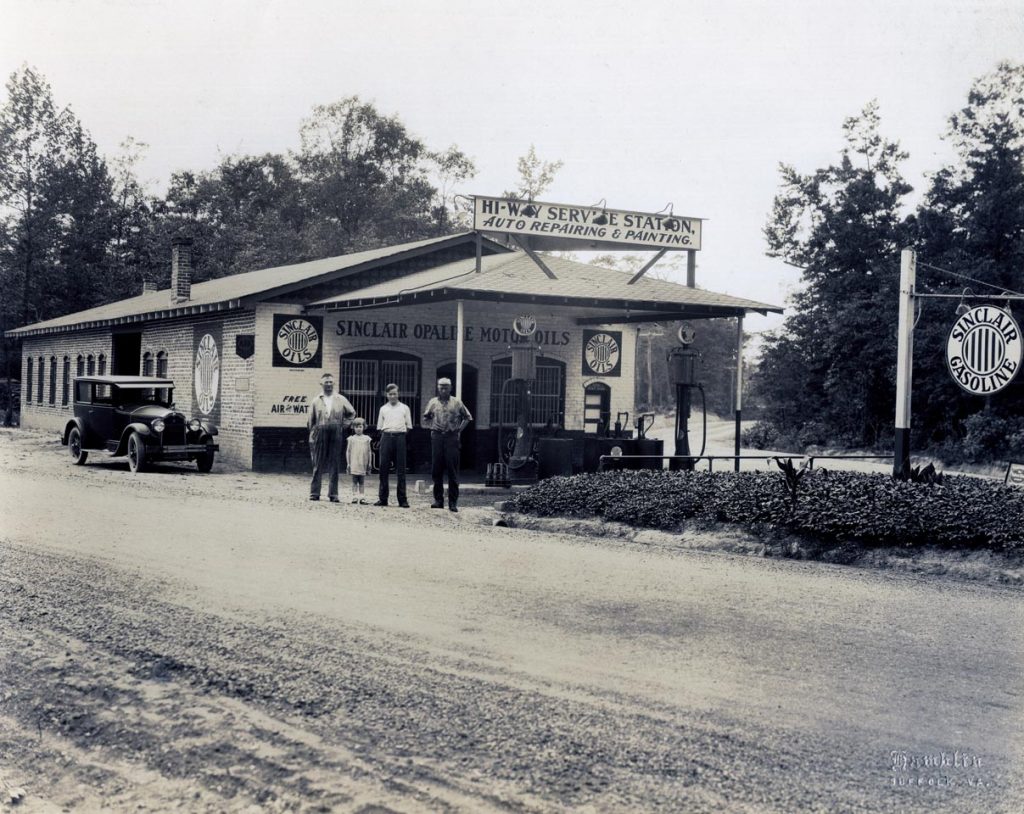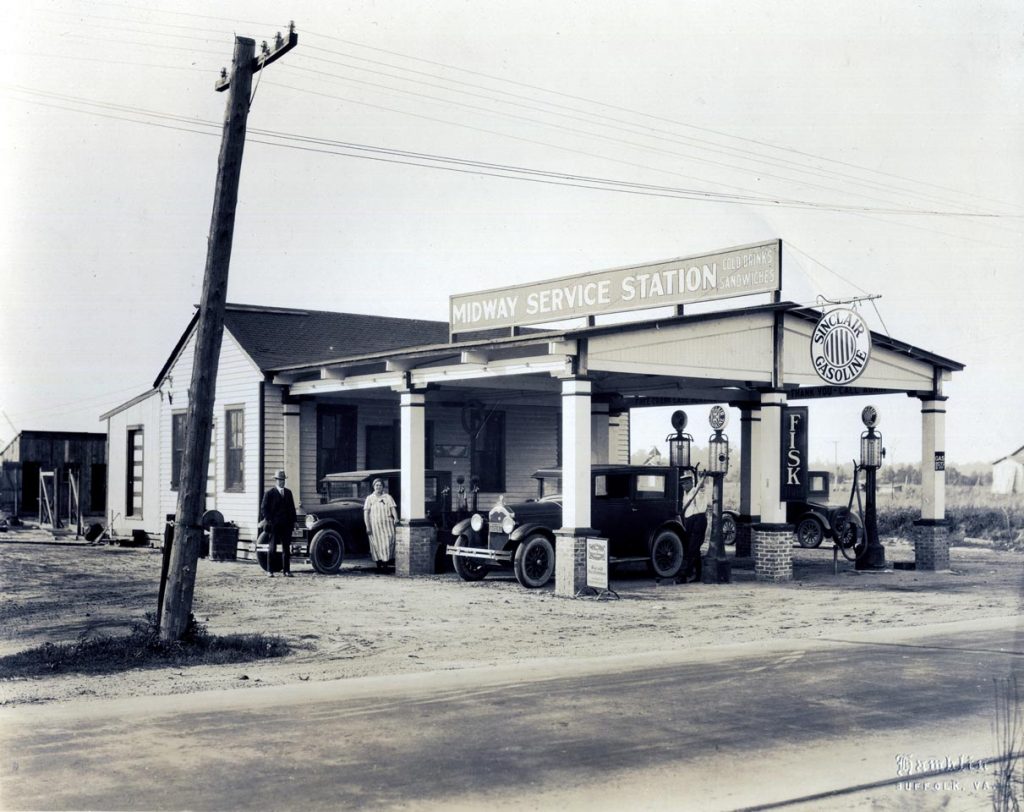Carleton D. Stanley Travel Slide Collection
C1:204
1950s–1977, bulk 1960s
4,752 35mm slides, 3 5″ x 7″ prints, 4 travel notebooks
The Carleton D. Stanley Travel Slide Collection was found in a dumpster at a house being renovated in Chester, Virginia, by a man named Waverly Bailey. He donated the collection to us to preserve. The majority of the slides feature sites from Stanley’s international travels across Europe, North America, and Asia, but some feature family, homes, flowers, and canned food.
His trips were arranged by Thru the Lens Tours, Inc., of Hollywood, California. According to the July 1981 issue of Popular Photography, “Thru the Lens Tours…has been sponsoring instructional photographic adventures to Latin America, Europe, Africa, Asia, the South Pacific, and the Orient” since 1952 (p. 42). Based on the number of Thru the Lens tours Stanley attended, we can assume that photography was an important hobby to him. We also know Stanley gave presentations about his travels, because a flyer in one of the boxes advertises his slides from Mexico. The notebooks document the places he photographed and sometimes the camera settings he used. The collection contains a handful of photographs of Stanley himself, who appears to be in his fifties or sixties. He often appears with a woman featured throughout the slides who we assume is his wife.
From the slide box labeled “Our Homes” taken in 1973, we know that Carleton D. Stanley … Read the rest
Carleton D. Stanley Travel Slide Collection Read More »





